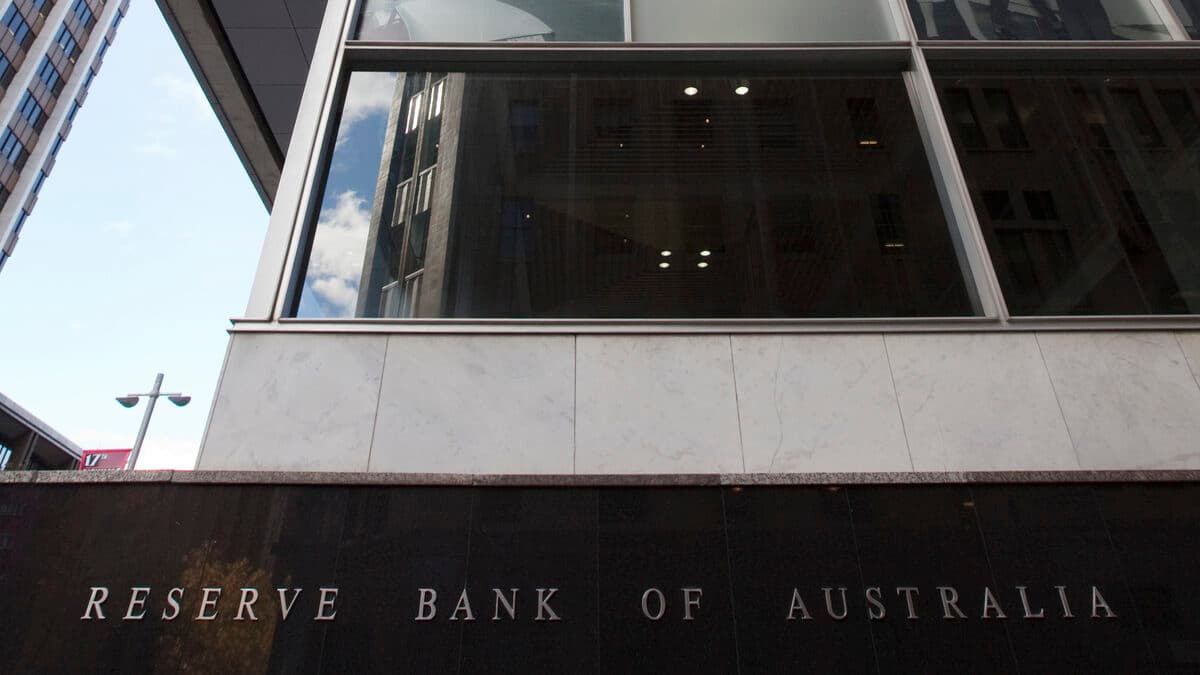For the fourth consecutive month, the Reserve Bank of Australia has opted to maintain its key interest rate, offering mortgage holders a continued respite.
This decision aligns with the central bank’s ongoing endeavours to find equilibrium in the economy by addressing persistent inflationary pressures.
In a statement released after its latest meeting, the Reserve Bank cited the need to assess the impact of previous interest rate hikes and the ongoing economic uncertainty. Inflation in Australia has passed its peak but remains elevated, particularly in the services sector and fuel prices, while rent inflation continues to be a concern. The central bank’s forecast suggests that Consumer Price Index (CPI) inflation is expected to gradually decline and return to the 2–3 per cent target range by late 2025.
Despite stronger-than-expected growth in the Australian economy in the first half of the year, the nation is still experiencing below-trend growth. High inflation has been putting pressure on real incomes, resulting in weak household consumption growth and reduced dwelling investment. However, the labor market remains tight, even though it has eased slightly. The unemployment rate is expected to rise gradually to around 4½ per cent late next year, while wages growth, though picking up, remains consistent with the inflation target.
The Reserve Bank emphasized that returning inflation to its target range within a reasonable timeframe is its top priority. The bank pointed out that high inflation negatively impacts savings, household budgets, business planning and investment, and income equality. To date, medium-term inflation expectations have remained consistent with the inflation target, and the bank aims to maintain this stability.
While the recent data supports the forecast of inflation returning to the target range and continued growth in output and employment, significant uncertainties exist. Persistent services price inflation overseas could spill over into Australia, and uncertainties regarding the effects of monetary policy and firms’ pricing decisions on the economy remain. Household consumption is also uncertain, with some experiencing financial pressures while others benefit from rising housing prices and increased interest income. Additionally, global economic uncertainties, particularly concerning the Chinese economy, persist.
The Reserve Bank indicated that further tightening of monetary policy might be necessary to bring inflation back within the target range, but this will depend on evolving data and risk assessments. The bank pledged to closely monitor global economic developments, household spending trends, and the inflation and labor market outlook in its future decisions.
CreditorWatch’s Chief Economist, Anneke Thompson noted that the continuing weak retail trade and consumer confidence data is giving the board the clear sign that their efforts to reduce demand in the economy have worked very well. “While some items in the CPI ‘basket’ continue to record price rises, these rises are by and large not related to high consumer demand, and therefore not enough to convince the RBA to move again to cool demand further. All groups monthly CPI rose 5.2% over the year to August, up from 4.9% the month prior. Whilst a higher figure is not welcome news for the RBA, the figure is heavily impacted by the higher cost of fuel this month. Excluding volatile items like fuel, holiday travel and fruit & vegetable items, monthly CPI increased 5.5%, down from 5.8% the month prior.
“The unemployment rate is still very tight, at 3.7 per cent, and almost 65,000 people gained employment over August. Business confidence in all sectors except Retail Trade is also relatively healthy. However, quarterly Job Vacancy data released in late September showed that job vacancies are now falling well off their post-Covid peaks, and this should result in the unemployment rate creeping up over the next few months.
“The economy appears to be maintaining a steady slowdown, and thus far business activity is not falling precipitously. However, CreditorWatch BRI data from August 2023 does show a significant fall in the average value of invoices since their peaks in late 2019. The slowdown has been more apparent since the start of 2023, and does indicate that monetary policy tightening is impacting the SME sector already.”
Keep up to date with our stories on LinkedIn, Twitter, Facebook and Instagram.

